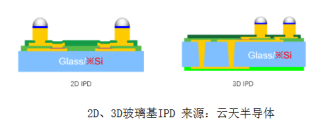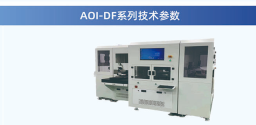The first hybrid silicon carbide product in China has been mass-produced
Recently, Xpeng Motors and Xinlian Integrated Circuit jointly announced that China's first hybrid silicon carbide product has entered mass production, opening up a new path for improving the performance and reducing the cost of new energy vehicles.
This hybrid silicon carbide product was designed and developed by Xpeng Motors and jointly developed and put into mass production by Xinlian Integration. In this hybrid silicon carbide project, Xinlian Integration was responsible for the development and manufacturing of the power chip, as well as the development, implementation, and production of the packaging process. At "Xpeng AI Technology Day," Xpeng Motors announced that it will incorporate hybrid silicon carbide solutions into its future super electric and pure electric vehicles.
The hybrid silicon carbide technology introduced in this mass production initiative innovatively combines silicon and silicon carbide. A representative from Xinlian Integrated told China Electronics News that the biggest advantage of the hybrid silicon carbide solution over pure silicon carbide chip solutions lies in cost control. The high cost of silicon carbide material and the complex manufacturing process contribute to the high cost of pure silicon carbide chips. The hybrid solution reduces the amount of silicon carbide used.



